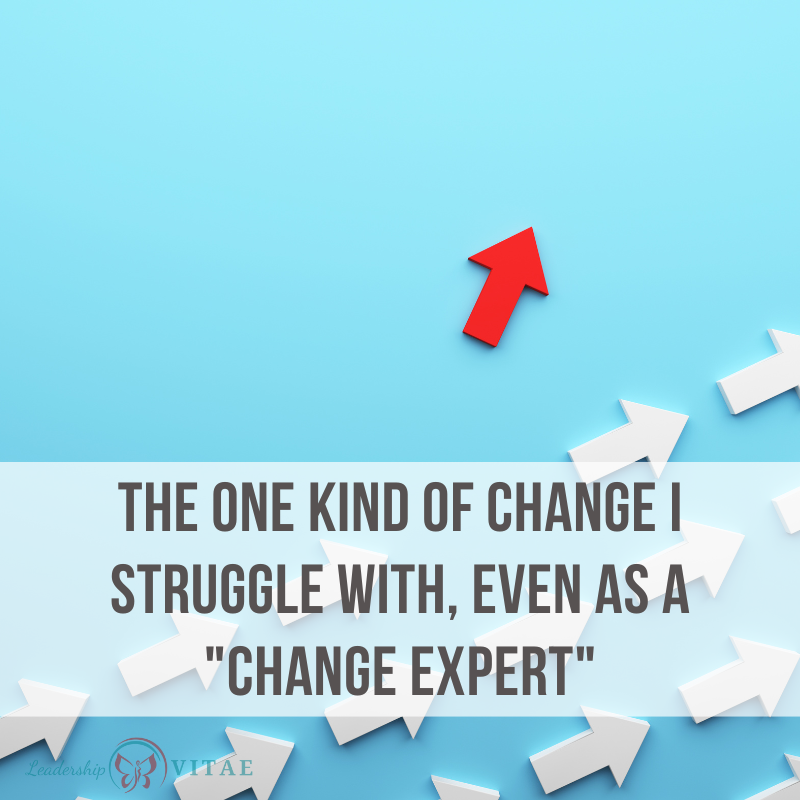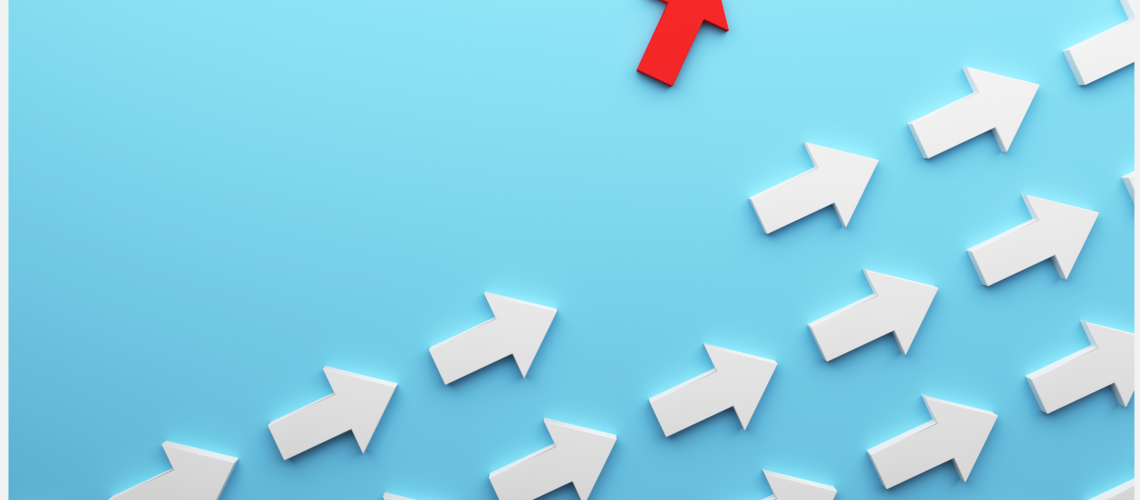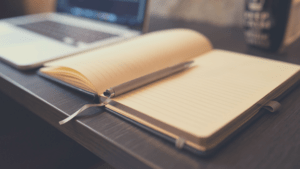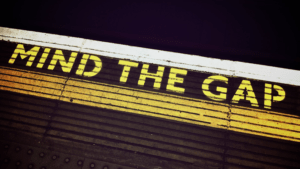
While I’m not sure I’d call myself a change expert, I certainly have a lot of experience with it. I’ve successfully led innumerable change initiatives over the years. Studied brain science to understand human acceptance and rejection of change. Designed and taught change management processes.
And yet I struggle.
Kind of like the cobbler’s kids going without shoes. This change leader struggles with change. At least one kind. My own.
That’s right. All the research and practice in the world doesn’t mean a whole lot when I’m making changes in my own life. I’m usually good at practicing what I preach. Then my girlfriend calls me out and reminds me that I’ve ignored everything I know about change.
I generally believe that anything worth doing in life is worth doing yesterday. Even so, lasting change generally follows a path. One I found myself ignoring (again) on my latest attempts to find a new health normal.
What does good change look like?
When it comes to change, the scientific method is the gold standard.
- Research (understand the problem and current state)
- Hypothesize (potential solutions and target state)
- Test and Learn (introduce adjustments and see if they work)
- Design and Build (get supports in place for sustainable change)
- Implement (rollout the change and monitor)
Basically, to affect lasting change we need to understand the problem first. Novel, I know. As we consider possible options for addressing the problem, we test and learn to see what works before going all in.
In sustainable change, we have clear outcomes and consider what it will take to get there. If it’s five things, maybe we introduce one into the environment to understand whether it has the impact we expect. Then another and another. By the end, we have a good understanding of the overall change we want, what works, and any potential risks we have to offset.
Too often, we want to jump right into doing before understanding the problem. Or we try to change too many things at once, so we don’t really know what works and what doesn’t. We can’t isolate and learn as we go.
Where did I go wrong?
As someone with AuDHD, I am all about the dopamine. When I’m ready to do something, I am READY NOW. By next week, maybe not so much.
When my girlfriend and I decided to be accountability partners on our health journeys, she did all sorts of research and planned out her first two weeks for learning. She was careful about introducing or restricting new foods. Trying new workouts.
She’s an example of best practice (she’s a fellow change leader BTW).
Me? Not so much. I started tracking my food and immediately making changes. Snacks are my kryptonite, so I started making swaps to healthier versions while still fitting within a calorie count I wanted to target. Then I went down the rabbit hole of research that had me tracking macros. Then micronutrients.
Every day there was something new.
Finally, my friend called me out and reminded me of the change management process we both use in our work. Needless to say, I’ll be working with a nutritionist again as soon as I can schedule it.
I know and teach the change process, yet I find it hard to follow myself. When I have the energy to commit to change, I want to do it all right now. Go right to build before making sure I’m building the right things.
Empathy and perspective as a key elements of change
Jumping right in feels good. I ditched processed foods overnight, which could be considered a win. Could be…if it can be sustained. Ultimately, that’s the risk with jumping to solutions – can we sustain them? Will they have unintended consequences we can’t yet see?
If I was at work and saw someone jumping in, I’d want to figure out how to harness the enthusiasm and channel it towards test and learn activity. Providing the opportunity to contribute and create near-term value without committing whole hog.
At work, I have all the empathy in the world for those going through it. Those that struggle and those that want to go straight to build. My goal is to find ways to meet them where they are to create a shared, positive outcome.
I must remind myself to have the same empathy during my own changes. Jumping in while the dopamine is hot? Find ways to gently redirect myself to those earlier steps I skipped. Struggling? Consider what I need to stay the path.
Sometimes it takes another perspective, which is why I’m glad my friend and I are going through this together. We can each see each other’s change journey at a macro level. It’s difficult to see our journey accurately when we’re in the trenches of meal prep and workouts.
While I started this journey a bit backwards, maybe it’s okay as long as I continue to learn as I go. Learn with more intention and with the support of a nutritionist. Funny enough, I’m rushing this process so I can get into a new routine before going back to school for a change management credential. The ultimate irony, don’t you think?








